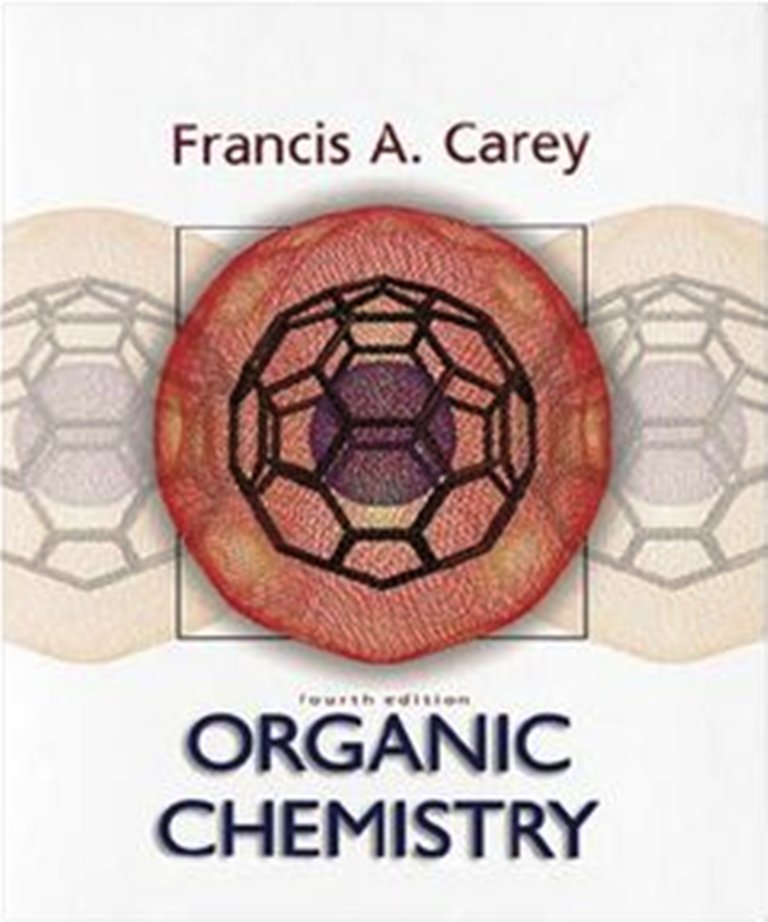For almost six
decades, Wilson and Gisvold's Textbook of Organic Medicinal and Pharmaceutical chemistry
has been a standard in the literature of medicinal chemistry. Generations of
students and faculty have depended on this textbook not only for undergraduate
courses in medicinal chemistry but also as a supplement for graduate studies.
Moreover, students in other health sciences have found certain chapters useful
at one time or another. The current editors and authors worked on the eleventh
edition with the objective of continuing the tradition of a modem textbook for
undergraduate students and also for graduate students who need a general review
of medicinal chemistry. Because the chapters include a blend of chemical and
pharmacological principles necessary for understanding structure activity relationships
and molecular mechanisms of drug action, the book should be useful in
supporting courses in medicinal chemistry and in complementing pharmacology
courses. It is our goal that the eleventh edition follow in the footsteps of
the tenth edition and reflect the dynamic changes occurring in medicinal chemistry.
Recognizing that the search for new drugs involves both synthesis and screening
of large numbers of compounds, there is a new chapter on combinatorial chemistry
that includes a discussion on how the process is automated. The power of
mainframe computing now is on the medicinal chemist's desk. A new chapter
describes techniques of molecular modeling and computational chemistry. With a
significant percentage of the general population purchasing alternative medicines,
there is a new chapter on herbal medicines that describes the chemical content
of many of these products.
The previous
edition had new chapters on drug latentiation and prodrugs, immunizing biological,
diagnostic imaging agents, and biotechnology. Expansion of chapters from the
tenth edition includes the antiviral chapter that contains the newest drugs
that have changed the way HIV is treated. Dramatic progress in the application
of molecular biology to the production of pharmaceutical agents has produced such
important molecules as modified human insulin, granulocyte colony-stimulating
factors, erythropoietins, and interferons. all products of cloned and,
sometimes, modified human genes. The chapter on biotechnology describes these
exciting applications. Recent advances in understanding the immune system at
the molecular level have led to new agents that suppress or modify the immune
response, producing new treatments for autoimmune diseases including rheumatoid
arthritis, Crohn's disease, and multiple sclerosis. Techniques of genetic
engineering now allow the preparation of pure surface antigens as vaccines
while totally eliminating the pathogenic organisms from which they are derived.






















.jpg)












